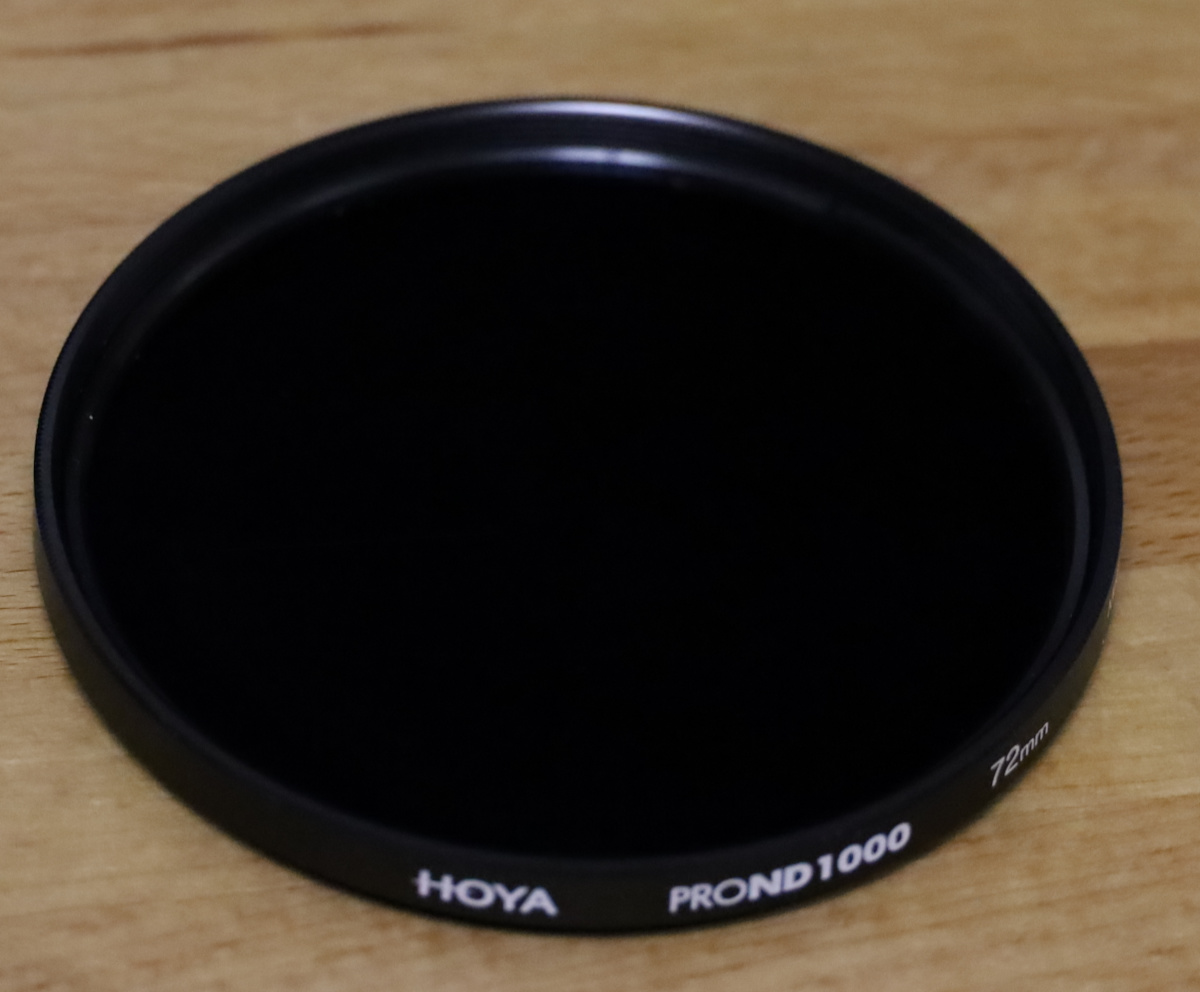I noticed a used 10-stop ND filter for sale, at exactly the size I want, at a price of 15% of a new filter, except with shipping it's 21% of the price of a new filter with shipping.
The catch? It has a scratch starting from approximately the center of the filter, ending at near the edge. The length of the scratch is 1/3 of the filter diameter. The scratch thickness is very thin, so the area it covers is infinitesimal (so I don't really believe it would affect the 10-stop rating of the ND filter at all). It's nevertheless immediately visible whenever you see the filter, so quite a major scratch.
Does such a scratch affect the image quality in any manner? I understand that you can cause great scratch damage to lens front element and still the image quality is acceptable in most cases. Is the same true for ND filters?
I'm not going to use the filter in cases where the sun is included in the picture. Also, I'm going to be using a lens hood with the filter. But, I might be using the filter with f/22, and at such a small aperture, I understand scratches invisible at around f/5 might become visible.
At the cheap price, the inner voice in my head says "GET IT!!!" but is there something I'm not understanding about the condition of the filter?





